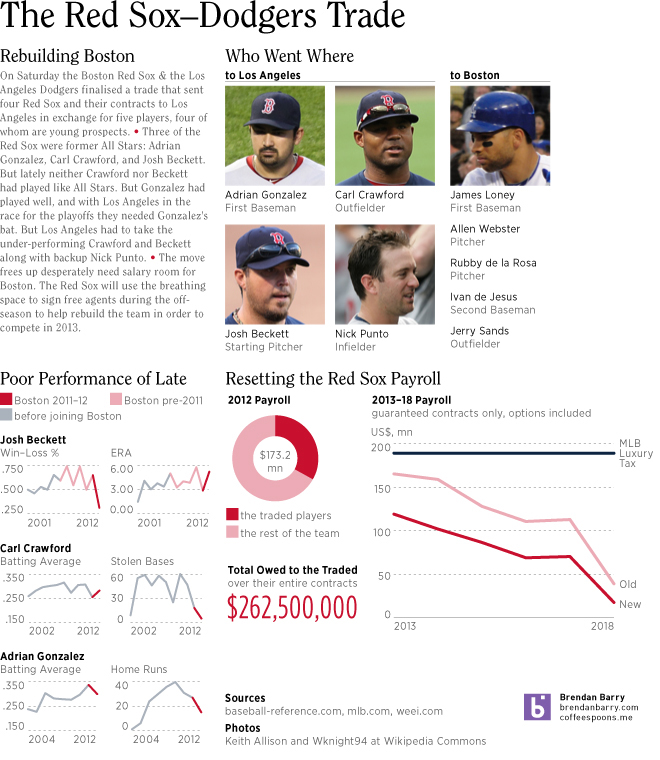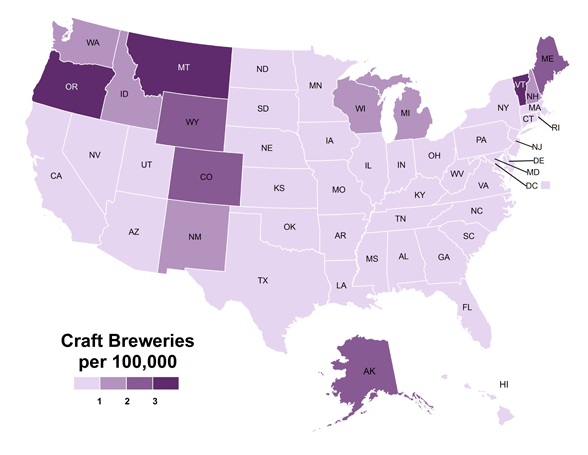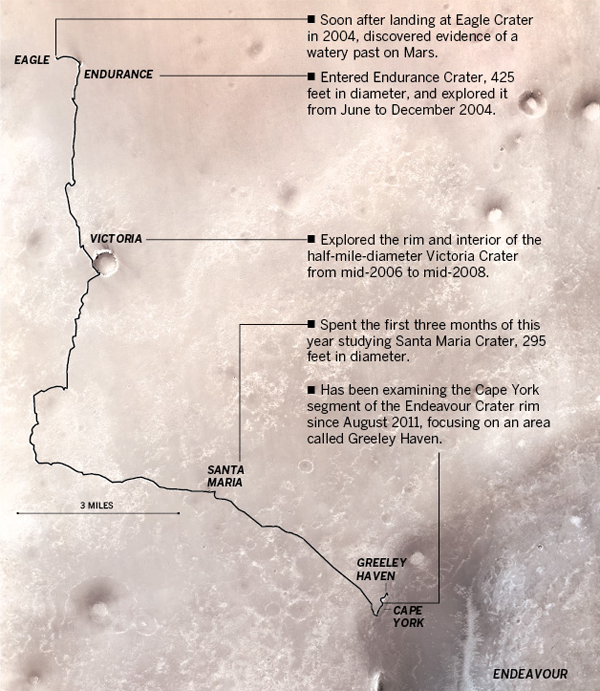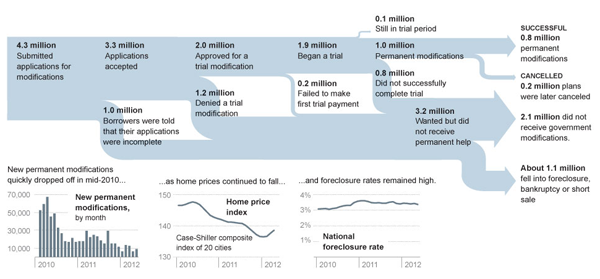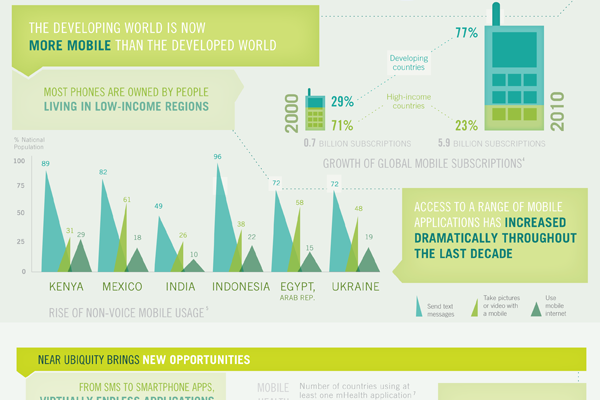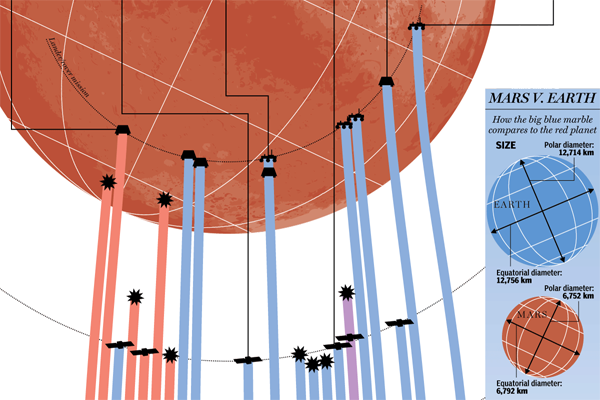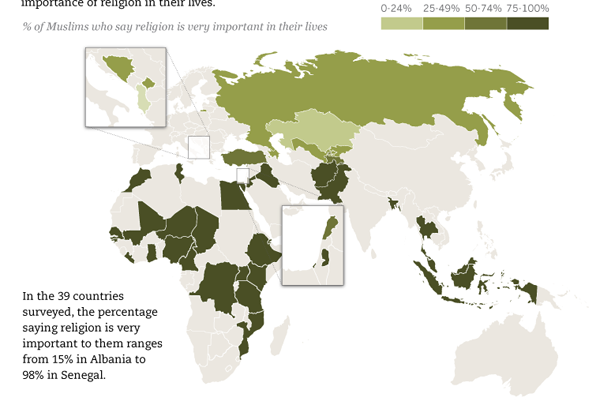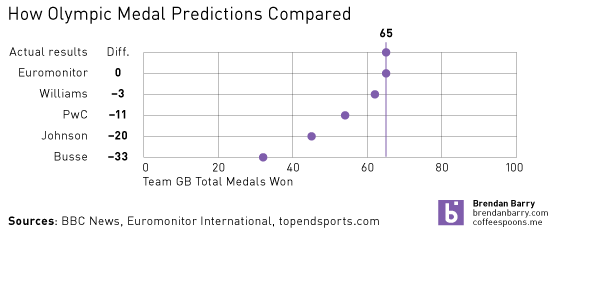There was a lot of news this past weekend. So we’ll start with the important stuff first. An infographic about the big baseball trade between my Boston Red Sox and the Los Angeles Dodgers. The advantage of a story breaking over the weekend is time to get something together for Monday.
